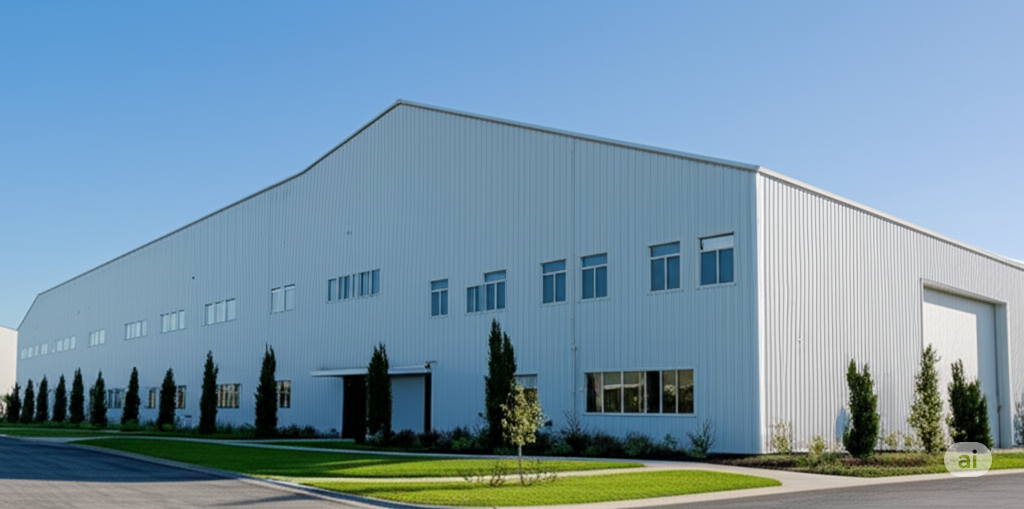In the vast and complex world of industrial pipelines, few components are as critical as industrial flanges and pipe fittings. These parts form the non-negotiable backbone of any fluid or gas transfer system—from oil and gas refineries to municipal water treatment plants. They are the essential connection points that manage system integrity, pressure, flow, and safety.
A single pipeline project can involve hundreds, if not thousands, of these crucial pipe fittings, each meticulously selected to meet specific demands for temperature, pressure, and corrosive resistance. Making the wrong choice of industrial flanges can lead to catastrophic system failure, costly downtime, and significant safety hazards.
This comprehensive guide serves as your essential resource for understanding, selecting, and applying industrial flanges and other pipe fittings. We will navigate the core standards, materials, and connection methods you need to know to ensure your pipeline system is robust, safe, and compliant.
I. The Global Landscape of Flange Standards & Pressure Ratings
The industrial world does not operate on a single, unified standard. Flange specifications are primarily defined by regional or organizational bodies, which dictate their dimensions, pressure handling capabilities, and testing requirements. Understanding these differences, including the wide array of available flange types, is the first step to a successful project.
Two major systems dominate the global market: the American ASME flange system (including standards like ANSI) and the European DIN flange system.
A critical aspect of any industrial flange is its Pressure Nominal (PN) rating (for DIN flange standards) or equivalent Pressure Class (for ASME flange standards). These values define the maximum pressure a flange can safely withstand at specific temperatures. In the European and Asian markets, DIN flanges are common, with PN ratings like PN10 and PN16 being frequently encountered.
To master this foundational knowledge, explore our detailed comparisons and guides:
II. The Critical Choice: Flange Materials & Grades
The environment in which an industrial flange operates is the primary factor dictating its material. Whether you are dealing with corrosive chemicals, extreme temperatures, or high-purity media, the choice between Carbon Steel and Stainless Steel for your pipe fittings is fundamental, each offering a distinct profile of strength, durability, and cost.
Carbon Steel Flanges
These are the workhorses of general industrial applications, prized for their high strength and cost-effectiveness. However, they are susceptible to rust and are typically not suited for highly corrosive environments without protective coatings.
Stainless Steel Flanges (SS304, SS316L)
Stainless steel flange types offer superior corrosion resistance, making them essential for harsh chemical, food, or marine environments. The selection between common grades like SS304 and the more corrosion-resistant SS316L depends heavily on the specific corrosive agents present.
Furthermore, the manufacturing process significantly impacts the final product’s performance. High-quality Forged Flanges are essential for critical applications due to their improved grain structure and strength compared to cast alternatives—a key consideration for robust pipe fittings.
To deepen your knowledge on materials and manufacturing quality, see our articles:
III. Flange Connection Types: Structure Dictates Function
The type of connection an industrial flange provides is determined by its physical structure and its intended application—specifically how it will be joined to the pipe and what kind of pressure it is designed to manage. Correctly identifying the right flange types is crucial for installation and long-term safety.
-
Weld Neck Flanges: Ideal for high-pressure, high-temperature, and fluctuating conditions. The tapered hub allows for an excellent connection with the pipe, providing superior structural integrity across all major standards, including ASME flange specifications.
-
Slip-On vs. Weld Neck Flanges: Understanding the structural and cost differences between these common flange types is key for budget and installation planning.
-
Threaded (Screwed) Flanges: Used primarily in non-critical, low-pressure, or utility systems where welding is either difficult or prohibited. These flange types offer ease of assembly.
-
Blind Flanges: Essential for sealing off the end of a piping system or an opening on a vessel. They are critical for isolation and pressure testing, regardless of whether you use a DIN flange or an ASME flange standard.
-
Related Guide: Blind Flange — Sealing the End of the Pipeline Safely
-
IV. Applications & Engineering Guides: From Theory to Practice
The final step is integrating all the knowledge of standards, materials, and flange types into a cohesive selection process for your industrial flanges. Whether you are an engineer planning a massive industrial project or a technician performing maintenance, having a systematic approach is key.
Our engineering guides will walk you through real-world applications and the essential quality control processes required for all pipe fittings:
V. Tools & Downloads for the Technical Professional
No engineering task is complete without reliable data. We provide the essential tables and charts needed for day-to-day design and procurement work involving various industrial flanges. Access our library of downloadable resources for immediate use:
Choosing the right industrial flanges means harmonizing the pipe’s pressure and temperature requirements with the flange’s material, rating (whether ASME flange or DIN flange), and specific connection type. By following the comprehensive resources laid out in this cluster, you will be equipped to make informed, safe, and cost-effective decisions for your next pipeline project involving crucial pipe fittings.
Ready to dive deeper into the world of industrial connections? Download our full set of specifications or Contact us for a Technical Inquiry regarding your specific pipeline needs.





